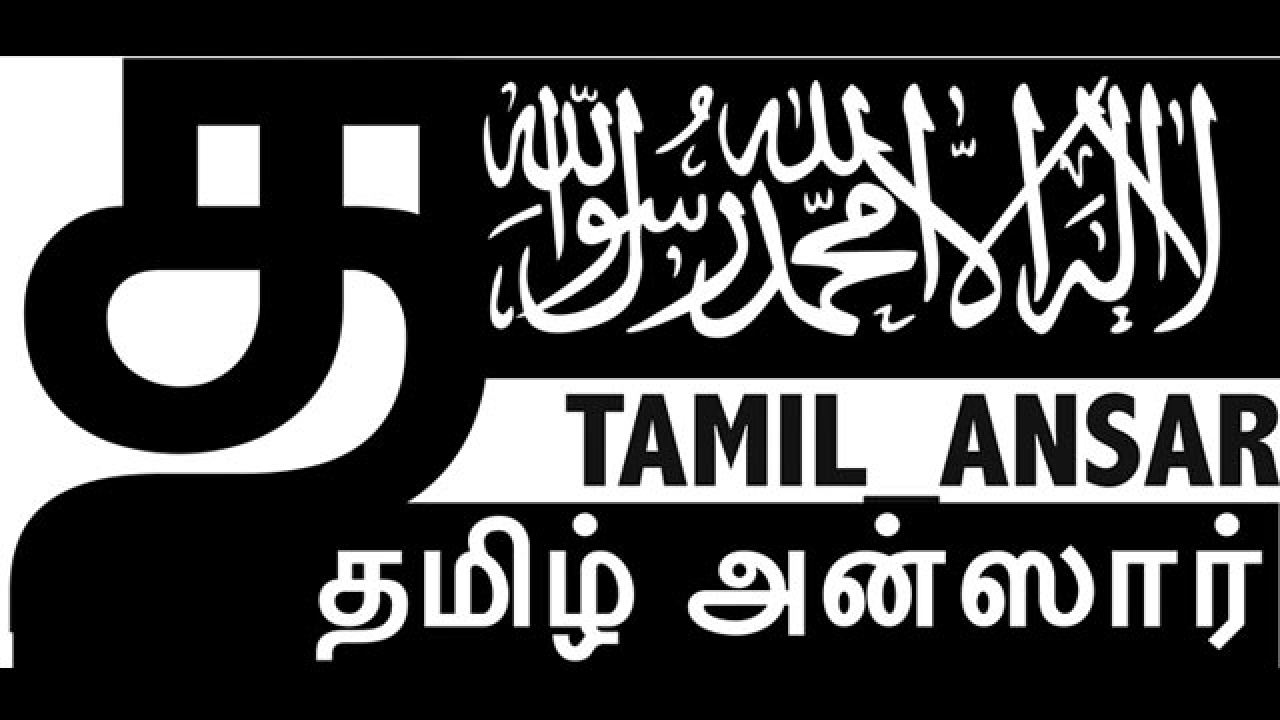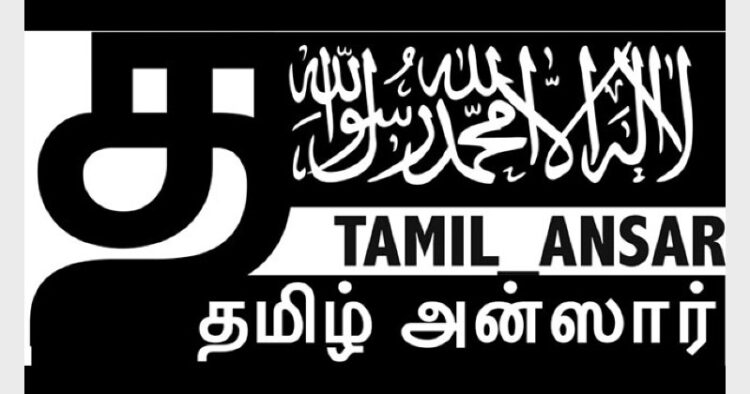
Salah Uddin Shoaib Choudhury
Back in 2016, it was learned that notorious jihadist outfit Al Qaeda had gone local in India by translating its propaganda in Tamil and Malayalam spoken widely in the southern regions of Tamil Nadu, Kerala and also Sri Lanka in its bid to spread its ideology towards Islam, Sharia law, the armed conflict in Syria and Afghanistan and to motivate youth to join the jihad. From that time, Global Islamic Media Front, an international proscribed affiliate of the terror group that is responsible for creating and disseminating jihadist media contents had formed a new unit named GIMF Indian Sub-continent with the aim of publishing jihadist propaganda materials in Hindi, Bangla, Urdu, Tamil as well as other regional languages. Simultaneously, few more media affiliates of Al Qaeda and Islamic State had started massive propaganda drive, especially targeting Tamil and Malayalam speaking populace with the ambition of turning Southern part of India into a jihadist hotbed, and mostly because of ignorance of the local intelligence community, both the jihadist outfits have already established a strong base within the targeted areas inside India.
ISIS-Al Qaeda conflict
There is a conflict of interest between Al Qaeda and Islamic State as both the jihadist outfits are struggling to establish supremacy over another. Though both the groups are gradually expanding activities into various countries in the world, their next target most possibly is India, where these outfits are planning of establishing a jihadist frontier.
According to information, the existence of the jihadist group’s foothold in the southern part of India is not only spreading jihadism within that particular area, but also it is gradually pushing the jihadist venom into Sri Lanka. The devastating attack of churches in Sri Lanka was just a single instance of the influence these jihadist groups have already established in that country.
Since 2016, Al Qaeda in Indian Sub-continent (AQIS) has been disseminating messages, videos, and jihadist literature in Tamil and Malayalam languages and has been having heavy existence on social media platforms such as Facebook and communication apps like Telegram.
Groups like Tamil Ansar and Olivin Charathu (under the shade of Olive tree), Syria through Indian Eyes regularly update information on AQ and its activities in Syria in Tamil and Malayalam. Some of the AQIS pages on FB also invite users for group chats by posting links Telegram on fixed days and timings, which is an encrypted platform assuring secrecy in communication.
Counter-jihad experts and hackers operating online are seeing a rise in AQIS and GIMF activity.
In the past, hundreds of such accounts and pages have been reported and blocked, many more are until now active on social media.
Counterterrorism experts see these efforts as an outreach effort by Al Qaeda to increase the volley of its online supporters and ultimately its recruits in the region.
“Tamil and Malayalam speakers don’t read or understand Urdu, Hindi, or Arabic. It is possible they have started this propaganda to reach and target non-English-speaking youth from this region,” an Indian intelligence officer told the media.
Of the number of Indian youths, who left for Syria, experts point out, a majority have joined Al Qaeda and not ISIS as they oppose it for being an un-Islamic barbaric terror group. From the documented cases of Indian fighters in Syria, many come from the southern states of Tamil Nadu, Telangana, Andhra Pradesh, and Kerala who are likely to be helping in translating the material in Tamil and Malayalam languages.
Reports also indicate that Tamil Nadu based al-Ummah – an anti-Hindu, radical Islamic organization — group has regrouped to become a new entity called Base movement. Since 2015, it has claimed responsibility for three low-intensity blasts in the court premises of Karnataka, Andhra Pradesh, and Kerala by dispatching a letter to the authorities bearing a map of India and a photo of slain Al Qaeda kingpin Osama bin Laden.
A similar letter was sent ahead of French President Francois Hollande’s visit to Bangalore.
Nagapattinam native Abu Bakr Siddique, 55, one of the master-minds in the blast at the BJP office in Bangalore in 2013 is believed to be the leader behind Base movement. Siddique is fluent in Tamil, Malayalam, and English and is influential among the young generation. He is an expert in IED assembling and the bombs in all three cases bear a similar resemblance made out of gun powder and digital timers.
In recent time, activities of Tablighi Jamaat, an organization proved to be working as the recruitment front of various jihadist outfits including Al Qaeda and Islamic State has greatly increased in India. In a number of countries in the world, Tablighi Jamaat men were found involved in notorious jihadist activities, including suicide bombing.
Marriage between Hizbul Mujahidin and other jihadist groups
Hizbul Mujahidin (meaning Party of Holy Warriors) was initially known as an Islamist separatist group active in the region of Jammu and Kashmir. It was formed under the direct patronization of Pakistani spy agency Inter Service Intelligence (ISI).
In September 1989, weeks after the infamous 9/11 attack, an individual named Muhammad Ahsan Dar established this group. Some experts consider this as the military wing of Jamaat e Islami. Its headquarters is situated at Muzaffarabad in Pakistan-occupied Kashmir and it maintains a liaison office at Islamabad, the capital of Pakistan. Although it has been designated as a terrorist entity by the United States, European Union, and India, it remains a lawful organization in Pakistan.
According to information, founder of Hizbul Mujahedin, Muhammad Ahsan Dar, a Jamaat e Islami leader and school teacher crossed the Indo-Pakistan border and entered Pakistan-occupied Kashmir in 1988, where he was trained by Pakistani ISI. Later he returned to Jammu and Kashmir with the mission of establishing a jihadist group to fight against Indian authorities. Later he was joined by Mohammed Abdullah Bangroo, another Jamaat e Islami’s military veteran.
By 1990, Hizbul Mujahedin asserted a strength of over ten thousand armed jihadists, most of whom were trained by the Pakistani spy agency. Few of the members of this group were also trained in Afghanistan.
Since 2012, Hizbul Mujahedin has started expanding its network within other regions in India, especially West Bengal and the north-eastern states. In Assam and other northeastern states, this notorious jihadist outfit enjoys support from the local separatist groups.
For the past few years, jihadists are using Tablighi Jamaat for disguise, which certainly rings the alarm to most of the countries in the world. Recently, 17 Saudi-bound jihadists were arrested in Bangladesh, who had also taken the disguise of Tablighi Jamaat.
(The writer is an internationally acclaimed multi-award-winning anti-jihadist journalist, counter-terrorism specialist and editor of Blitz) BLITZ














Comments